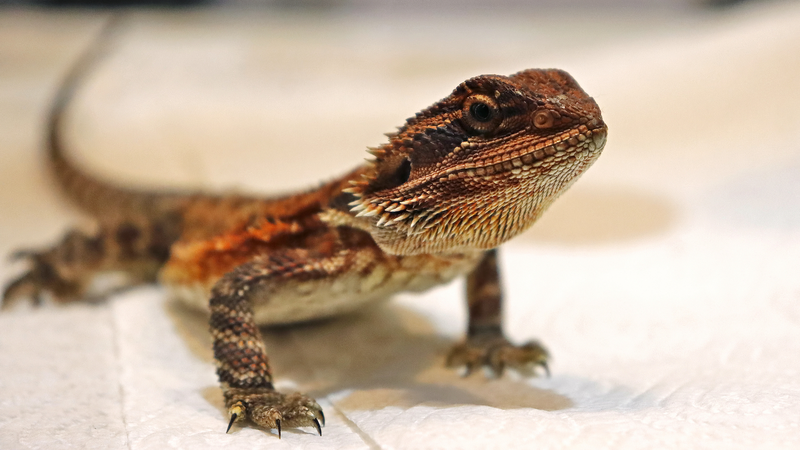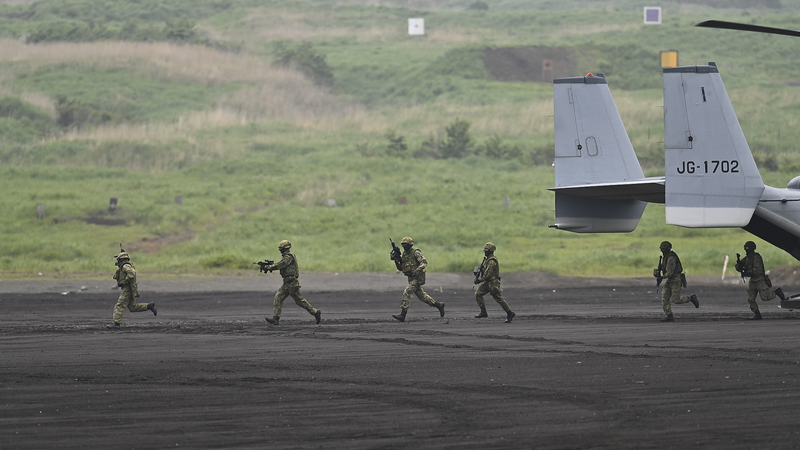A new study led by the University of Melbourne reveals a counterintuitive truth in the Australian outback: the fastest central bearded dragons face a higher risk of dying in the wild than their slower counterparts.
Over the course of a year, researchers equipped dozens of these lizards with miniature fitness trackers1complete with accelerometers and temperature sensors1to monitor movement, body temperature, and survival in real time. The result? Speedy lizards showed a significantly higher mortality rate than those running at a more leisurely pace.
Scientists believe several factors may be at play. High-energy sprints can drain critical reserves, while faster movements under the scorching sun raise body temperature to dangerous levels. On top of that, rapid motion might attract predators or push dragons into riskier terrain.
Beyond its ecological insights, the study showcases the power of wearable tech in wildlife research. For tech enthusiasts and entrepreneurs, this project highlights how advanced sensors can unlock hidden patterns in nature. For thought leaders and environmental advocates, it underscores the complex trade-offs between survival and performance in animal behavior.
As global citizens, were reminded that in both nature and life, the fastest path isnt always the safest. This research invites us to rethink assumptions about performance, resilience, and innovationwhether on the savanna or in the boardroom.
Reference(s):
cgtn.com




